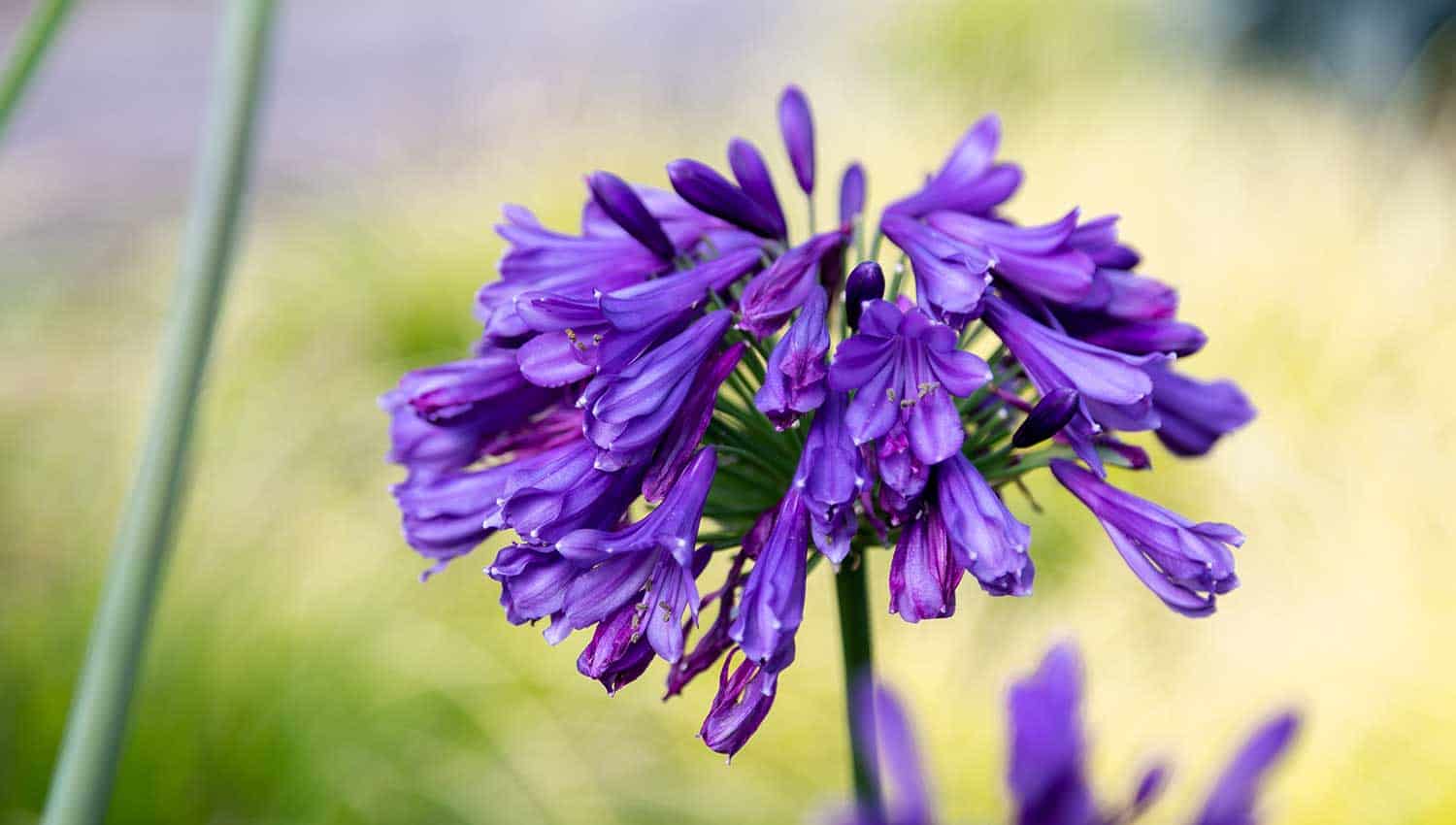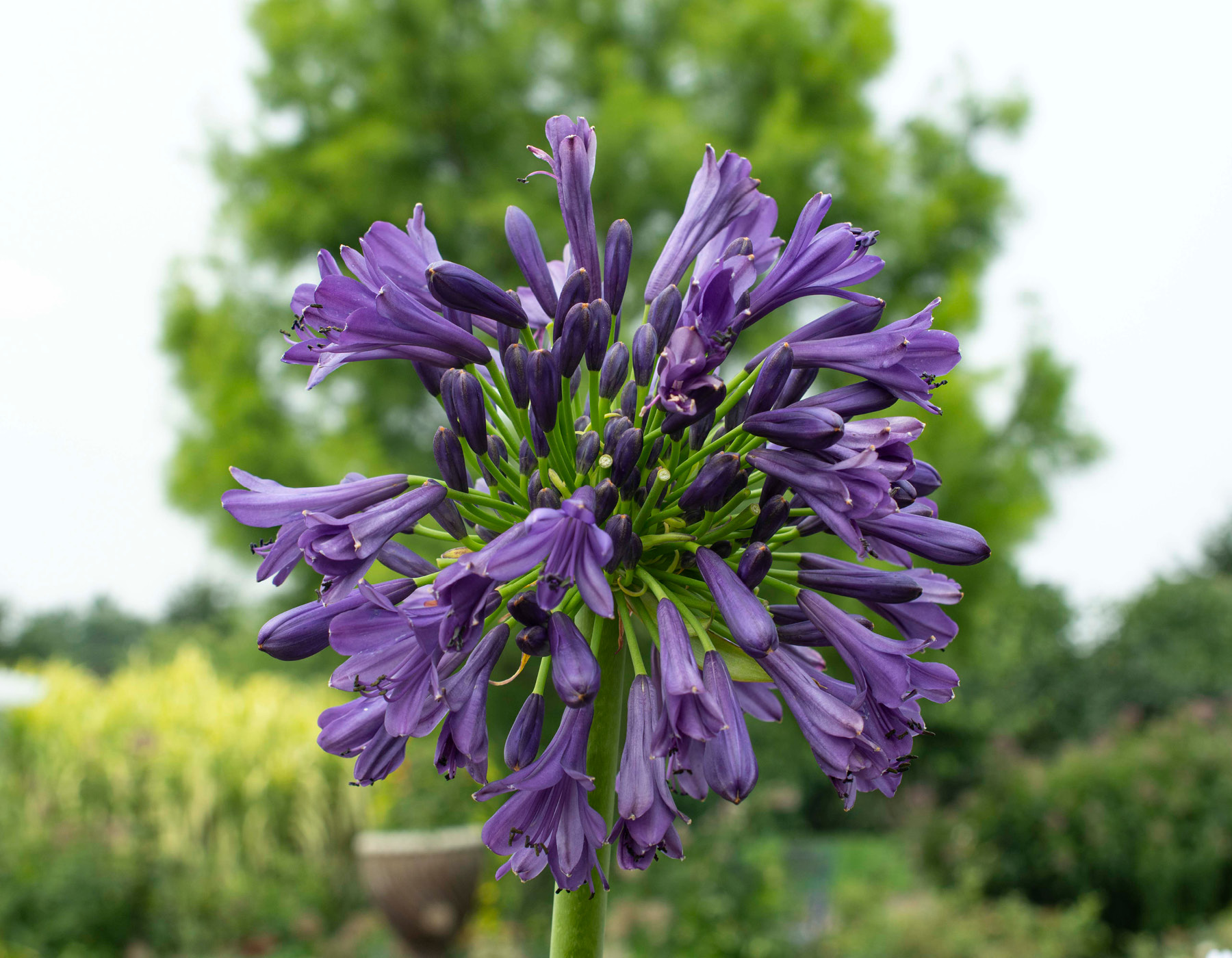Common Agapanthus Problems and Just How to Address Them
Common Agapanthus Problems and Just How to Address Them
Blog Article
Understanding the Art of Agapanthus Care: Important Actions for Healthy Growth and Dynamic Flowers
In the world of horticulture, the farming of agapanthus stands as a satisfying undertaking for those who look for to nurture these stylish blooming plants. From selecting the right range to understanding pruning techniques, the trip towards growing growing agapanthus plants is diverse and holds the vital to opening the full possibility of these agricultural treasures.

Choosing the Right Agapanthus Selection

When selecting the appropriate Agapanthus variety for your yard, consider elements such as climate viability, flower shade, and development behavior. Furthermore, think about the climate in your region to ensure the Agapanthus variety you pick can prosper in your certain conditions. Recognizing the growth behavior of various Agapanthus selections is vital for appropriate placement within your yard.
Ideal Growing Conditions
Taking into consideration the optimal ecological demands is crucial for successful Agapanthus cultivation. Agapanthus grows in well-draining dirt with a slightly acidic to neutral pH level. When growing, pick an area that gets complete sunshine to partial shade. In hotter climates, offering some mid-day shade can protect against scorching of the fallen leaves. Agapanthus plants are sensitive to cool temperature levels and should be shielded from frost throughout cold weather.
To guarantee healthy growth and lively blooms, plant Agapanthus light bulbs at a depth of concerning 2-4 inches and room them 8-12 inches apart. Adding raw material, such as compost, to the dirt can enhance drain and fertility, promoting durable origin development. Mulching around the base of the plants helps maintain moisture and suppresses weed development. Routine watering is critical, especially throughout the expanding season, to maintain the dirt continually wet however not waterlogged.
Watering and Feeding Tips
Maintaining proper wetness levels and supplying necessary nutrients are essential elements in the treatment program for Agapanthus plants. It is important to strike a balance when it comes to watering Agapanthus. These plants prefer consistently wet soil yet are susceptible to root rot if overwatered. Throughout the growing period, water deeply once a week, making certain the soil is well-draining to avoid waterlogging. In hotter environments or throughout durations of drought, more constant watering may be necessary to keep the soil equally damp. However, lower watering in the winter to avoid waterlogged conditions.
Feeding Agapanthus is crucial for promoting healthy and balanced growth and prolific blossoms. Use a balanced fertilizer, such as a 10-10-10 formula, in the early springtime as new development emerges. By following these watering and feeding suggestions, you can guarantee your Agapanthus plants prosper and produce vibrant, lasting flowers.
Trimming Methods for Agapanthus
Trimming Agapanthus plants at the appropriate times and with proper strategies is critical for keeping their health and wellness and promoting optimal growth and blooming. The optimal time to trim Agapanthus is in late winter months or very early spring prior to new growth arises.
Deadheading invested blossoms can likewise reroute the plant's energy right into creating even more blossoms instead than setting seeds. If you want to collect seeds for propagation, leave some blossoms to completely dry and mature on the plant.
Bear in mind to utilize clean, sharp devices to make exact cuts and decrease the danger of presenting diseases. Agapanthus. Routine pruning will aid maintain your Agapanthus looking neat and healthy while guaranteeing a bountiful screen of stunning blooms
Managing Typical Parasites and Conditions
After making certain appropriate pruning strategies for Agapanthus, it is vital to address typical pests and diseases that can influence the wellness and vitality of these plants. Agapanthus plants are normally sturdy yet can still succumb specific issues. One common insect that impacts useful site Agapanthus is the Agapanthus gall midget. This small, orange fly lays its eggs in important link the foliage, resulting in distorted growth and blossom buds that fall short to open. To combat this insect, trim and destroy any type of affected plant components and think about using insecticidal soap.
Another typical issue is fungal fallen leave spot, which provides as dark sores on the leaves. To stop fungal illness, ensure good air flow around the plants, prevent above watering, and get rid of any kind of infected fallen leaves immediately. In addition, Agapanthus plants can suffer from origin rot if they are planted in badly draining pipes dirt. To stop this, plant Agapanthus in well-draining soil and avoid overwatering. By being vigilant and taking punctual activity versus pests and illness, you can aid your Agapanthus plants grow and create dynamic blooms.

Verdict
Finally, mastering the art of agapanthus visite site treatment includes choosing the right selection, supplying suitable growing conditions, correct watering and fertilizing, appropriate pruning techniques, and resolving common parasites and conditions. By complying with these crucial actions, you can ensure healthy development and lively blossoms for your agapanthus plants. Bear in mind to regularly monitor and preserve your plants to promote their total well-being and long life.
To guarantee healthy development and lively blooms, plant Agapanthus light bulbs at a depth of about 2-4 inches and space them 8-12 inches apart. By following these watering and fertilizing ideas, you can guarantee your Agapanthus plants flourish and generate vivid, durable blossoms.
One typical bug that impacts Agapanthus is the Agapanthus gall midget. Furthermore, Agapanthus plants can endure from root rot if they are grown in improperly draining soil. By complying with these essential steps, you can make certain healthy and balanced growth and vivid blooms for your agapanthus plants.
Report this page